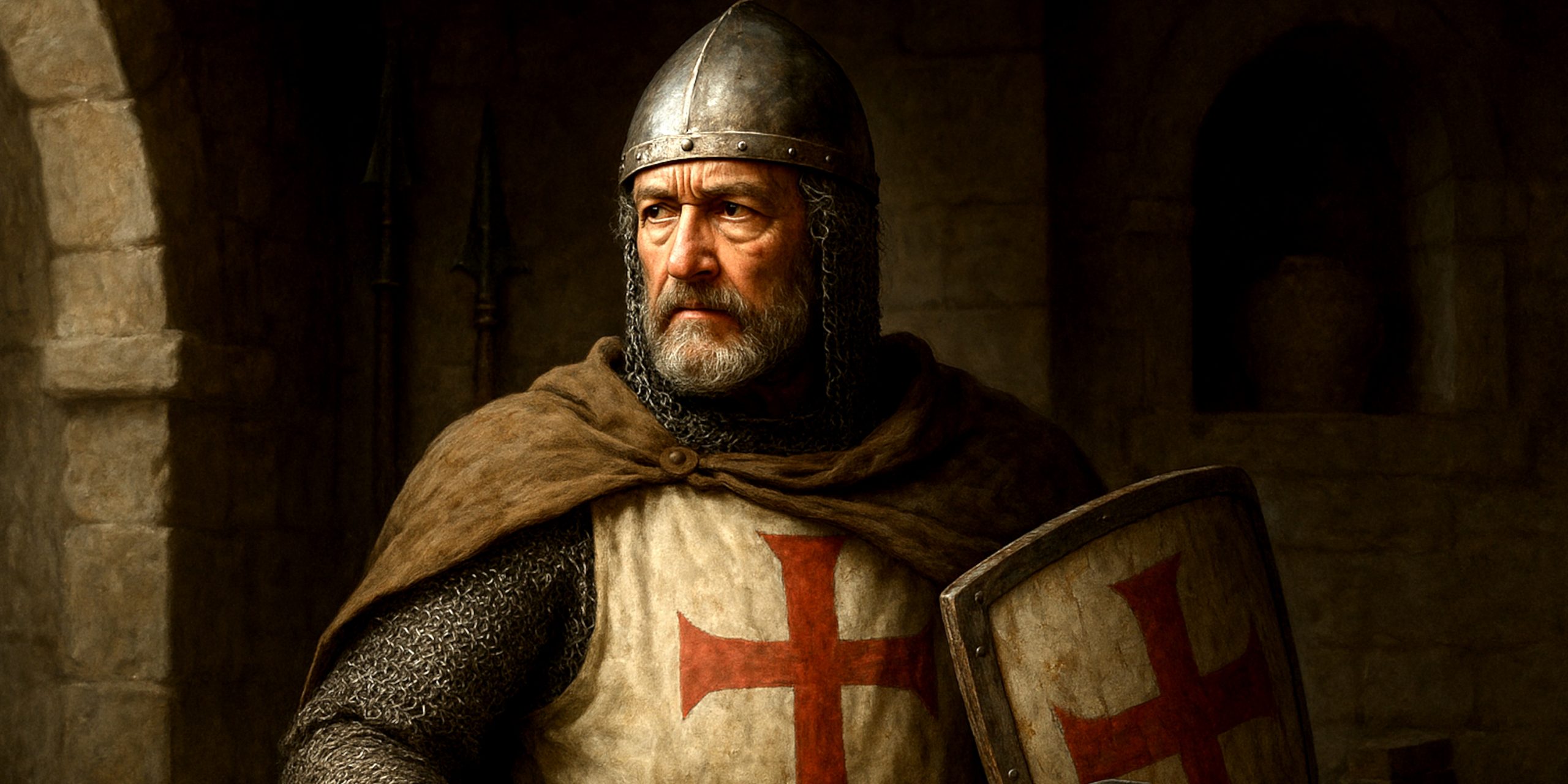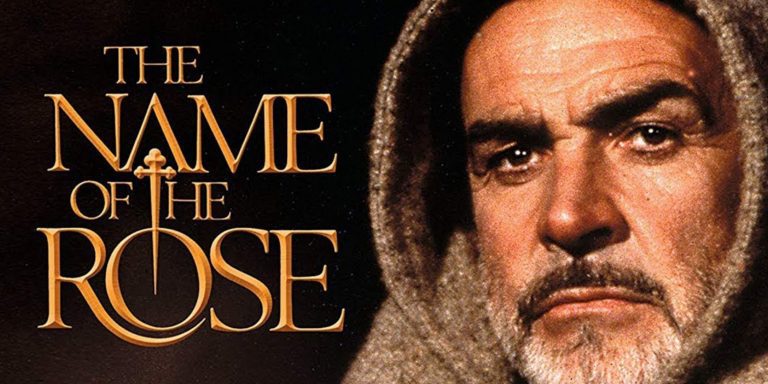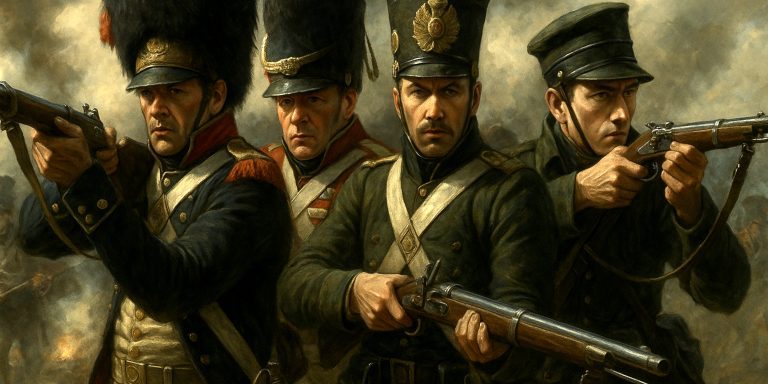
Raymond IV of Toulouse, also known as Raymond of Saint-Gilles, was one of the most fascinating figures of the First Crusade. A man of contradictions, he combined deep religious conviction with a hard-edged sense of feudal pragmatism. He was not the most glamorous crusader, nor the most ruthless, but he was one of the most experienced, and perhaps the one who took the entire enterprise most seriously.
Early Life and Rise to Power
Born around 1041, Raymond was part of the old Occitan nobility, ruling the County of Toulouse, Saint-Gilles, and parts of Provence. His reign began in the shifting political climate of southern France, where alliances were built on land, faith, and opportunity. He was already an older man when the call for the First Crusade went out in 1095, but his age brought with it a rare blend of caution and conviction.
Unlike many crusaders who sought fortune or absolution, Raymond genuinely believed the campaign was a holy undertaking. Chroniclers like Raymond of Aguilers, his chaplain, portrayed him as deeply pious but also stubborn, a man unwilling to bow to the papal legates or to the ambitions of rivals like Bohemond of Taranto.
Arms and Armour
By the late 11th century, a noble of Raymond’s status would have worn transitional mail armour that reflected both the Frankish and Occitan traditions. His arms and equipment would likely have included:
| Equipment | Description |
|---|---|
| Hauberk | Long mail shirt reaching to the knees, slit front and back for riding. Likely with full sleeves and a mail coif attached. |
| Helmet | Conical nasal helm of Norman design, sometimes adorned with a small decorative cross. |
| Shield | Kite-shaped wooden shield reinforced with metal fittings, often painted with a simple cross or family emblem. |
| Sword | A Type XI or XII arming sword, straight double-edged blade, suited for both cutting and thrusting. |
| Lance | Standard heavy knightly lance with a wooden shaft, used both in charge and close combat. |
| Surcoat or Tunic | Likely plain in colour, reflecting his piety and age rather than flamboyant chivalry. |
Raymond’s troops would have followed similar armament patterns, but his forces included Provençal knights, lighter infantry, and archers drawn from his southern domains, giving his contingent a more diverse composition than the Norman-heavy armies of other leaders.
Battles and Military Acumen
Raymond’s role in the First Crusade was marked by persistence rather than dramatic victory. He was present at nearly every major siege and showed an ability to adapt to the realities of warfare in unfamiliar lands.
Siege of Nicaea (1097):
Raymond’s contingent helped surround the city, though the Byzantines’ quiet deal to accept its surrender behind the Crusaders’ backs left him furious. His reaction showed a recurring theme in his career, a refusal to accept being outmanoeuvred politically.
Battle of Dorylaeum (1097):
Raymond fought in the relief force that turned the tide against the Turks. Despite his age, he was at the front, proving his worth among younger commanders.
Siege of Antioch (1097–1098):
Perhaps his most testing moment. When morale collapsed, Raymond held his sector of the siege lines firm. After the city fell, he took control of the citadel before being forced to yield it to Bohemond after bitter internal strife. His refusal to bend to others’ ambition damaged his influence but not his honour.
Siege of Jerusalem (1099):
Raymond led one of the key assaults on the city, particularly at Mount Zion. When Jerusalem fell, he refused to take the title of king, insisting that the city belonged to God, not to any mortal ruler. It was both a moral stance and a political misstep, as others seized power while he retained only moral authority.
Tripoli and Final Campaigns:
Raymond continued campaigning in the Levant, establishing a foothold at Mons Peregrinus and laying the groundwork for the future County of Tripoli. He died in 1105, still besieging the city. His descendants would complete what he began, turning Tripoli into a powerful Crusader state.
In military terms, Raymond was methodical. He lacked the flair of Bohemond or the brutal decisiveness of Godfrey, but his discipline and endurance kept the Crusade moving when others wavered.
Where to See Artifacts from His Reign
Although few personal artefacts survive that can be directly linked to Raymond IV, several sites and collections evoke his world and legacy:
- Musée des Augustins, Toulouse: Houses Romanesque sculpture and religious art from Raymond’s era, reflecting the artistic culture of his domains.
- Tripoli Castle (Citadel of Raymond de Saint-Gilles), Lebanon: The fortress that bears his name, though heavily rebuilt later, still dominates the landscape and stands as a testament to his last campaigns.
- Basilica of Saint-Sernin, Toulouse: Built during his lifetime with his patronage, it remains one of the finest Romanesque churches in Europe.
- Antioch and Jerusalem archaeological sites: Layers of Crusader fortifications, churches, and ramparts still mark the terrain he fought over, many identified through modern excavation and remote sensing.
Latest Archaeological Findings
Recent digs in Tripoli and Tortosa (modern Tartus) have revealed Crusader-period fortifications linked to early 12th-century Provençal settlers, likely part of Raymond’s retinue. At Saint-Gilles, ground-penetrating radar surveys near the old abbey have uncovered new foundations that may belong to a lost section of his original donjon.
The Byzantine-Greek inscriptions found at Antioch’s Crusader walls also suggest collaboration between Raymond’s engineers and local craftsmen, showing how his army blended Western and Eastern techniques in siegecraft.
Personal Reflections
Raymond IV of Toulouse was not an easy man to admire, but he is difficult not to respect. He was driven by faith, sometimes to the point of stubbornness, and he stood apart from the opportunists who treated the Crusade as a land grab. His legacy is not carved in marble but written in endurance, in his decision to keep going long after others had faltered.
As a historian, I find him compelling because he represents a rare bridge between idealism and realism. He believed in divine purpose but understood the mechanics of power. His campaigns in Tripoli show a mind that could balance faith with fortification, politics with patience. He may not have been crowned in Jerusalem, but he outlasted many who were.
Watch the documentary:



